Pneumatic Systems Objective Questions
1. Fluid power circuits use schematic drawings to:
a) Simplify component function details
b) Make it so only trained persons can understand the functions
c) Make the drawing look impressive
d) Make untrained person to understand
Answer: a
Explanation: Blueprint of any structure is the model that replicates the functions of the original model makes the functional details easy to understand.
2. A pneumatic symbol is:
a) Different from a hydraulic symbol used for the same function
b) The same as a hydraulic symbol used for the same function
c) Not to be compared to a hydraulic symbol used for the same function
d) None of the mentioned
Answer: a
Explanation: The representation for hydraulic and pneumatic systems are different and for creating the easy readability and symbols for both used for the same function.
3. Pneumatic systems usually do not exceed:
a) 1 hp
b) 1 to 2 hp
c) 2 to 3 hp
d) 4 to 5 hp
Answer: a
Explanation: Pneumatic system are the systems in which the control action is mainly controlling the flow of air and mostly do not exceed 1 hp where hp is the horse power unit of power.
4. Most hydraulic circuits:
a) Operate from a central hydraulic power unit
b) Use air-over-oil power units
c) Have a dedicated power unit
d) Does not have dedicated power unit
Answer: a
Explanation: Hydraulic circuits are the circuits where the operation involves conversion of the hydel power into the electrical energy so that it can be stored and used and these operate from a central hydraulic power unit.
5. Hydraulic and pneumatic circuits:
a) Perform the same way for all functions
b) Perform differently for all functions
c) Perform the same with some exceptions
d) Does not perform all the functions
Answer: c
Explanation: Both circuits hydraulic and pneumatic are similar in functionalities and complexities but pneumatic are preferred over hydraulic as pneumatic systems are cleaner.
6. The lubricator in a pneumatic circuit is the:
a) First element in line
b) Second element in line
c) Last element in line
d) Third element in line
Answer: c
Explanation: The lubricator is the fluid that is used to lubricate the parts of the pneumatic circuits to reduce the friction and lubricator in a pneumatic circuit is the last element.
7. Series circuits work on both hydraulic and pneumatic actuators.
a) True
b) False
Answer: b
Explanation: Series circuits are the circuits that in which the elements are connected in series and do not work on both hydraulic and pneumatic actuators.
8. When comparing first cost of hydraulic systems to pneumatic systems, generally they are:
a) More expensive to purchase
b) Less expensive to purchase
c) Cost is same
d) Cost is not required
Answer: b
Explanation: Operating cost that is the cost of the operating or using it practically in daily life and operating cost of hydraulic systems to pneumatic systems is less.
9. When comparing operating cost of hydraulic systems to pneumatic systems, generally they are.
a) More expensive to operate
b) Less expensive to operate
c) Cost is same to operate
d) Cost is not required
Answer: b
Explanation: Operating cost that is the cost of the operating or using it practically in daily life and operating cost of hydraulic systems to pneumatic systems is less.
10. The most common hydraulic fluid is:
a) Mineral oil
b) Synthetic fluid
c) Water
d) Gel
Answer: c
Explanation: Hydraulic fluid is the fluid that is causing conversion process and used in control action which is chemically inert and readily available.
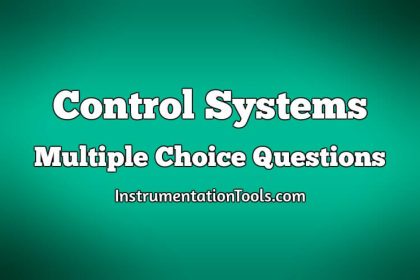
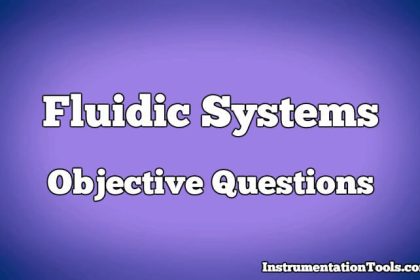

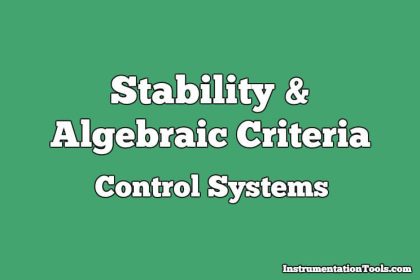
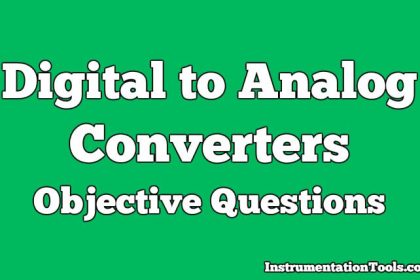
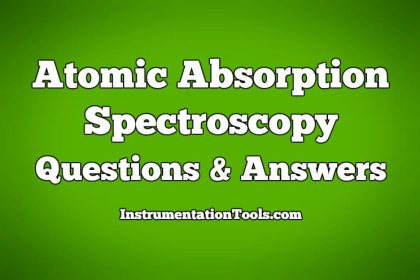
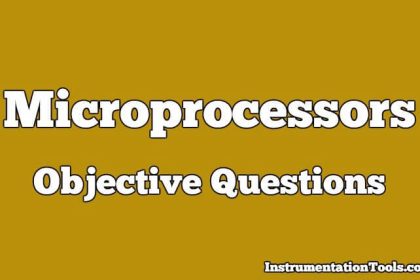
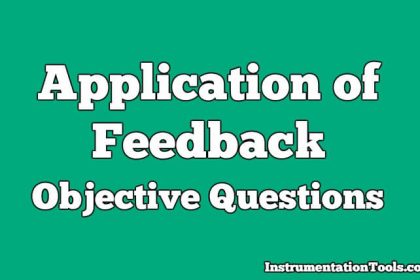


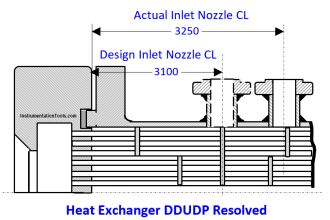
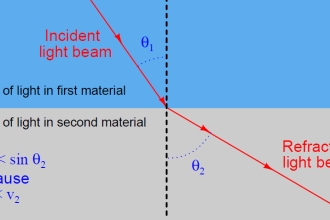
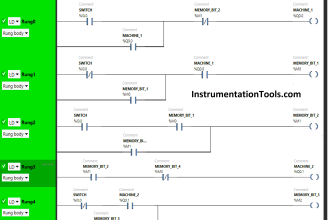
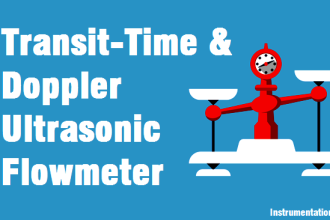
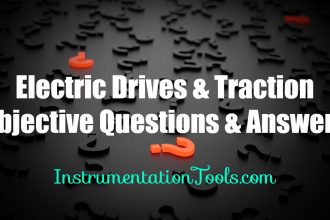
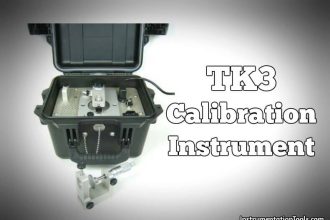

Very nice information